Nalorex (Naltrexone) 50mg 14’ct In Pakistan
Nalorex (Naltrexone) Overview
Nalorex is a brand name for Naltrexone, a medication primarily used for the treatment of alcohol dependence and opioid addiction.
Indications
- Alcohol Dependence: Helps maintain abstinence in individuals recovering from alcohol use disorder.
- Opioid Dependence: Used to prevent relapse in individuals recovering from opioid addiction.
- Off-label Use: Sometimes prescribed for conditions like psoriasis.
Availability in Pakistan
Formulation
- Dosage: 50 mg
- Packaging: 14 tablets per pack
Pricing
- Regular Price: ₨ 20,000.00
- Discounted Price: ₨ 18,000.00
Clinical Efficacy
Alcohol Dependence
- Mechanism: Naltrexone works by blocking the effects of opioids and reducing cravings for alcohol.
Psoriasis Treatment
- Low-Dose Naltrexone: A study in Pakistan indicated that a low dose (6 mg daily) showed significant improvement in:
- PASI (Psoriasis Area and Severity Index)
- BSA (Body Surface Area)
- DLQI (Dermatology Life Quality Index)
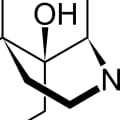
Original price was: ₨13,000.00.₨11,999.00Current price is: ₨11,999.00.
Description
Nalorex (Naltrexone) Overview
Nalorex is a brand name for Naltrexone, a medication primarily used for the treatment of alcohol dependence and opioid addiction.
Indications
- Alcohol Dependence: Helps maintain abstinence in individuals recovering from alcohol use disorder.
- Opioid Dependence: Used to prevent relapse in individuals recovering from opioid addiction.
- Off-label Use: Sometimes prescribed for conditions like psoriasis.
Availability in Pakistan
Formulation
- Dosage: 50 mg
- Packaging: 14 tablets per pack
Pricing
- Regular Price: ₨ 20,000.00
- Discounted Price: ₨ 18,000.00
Clinical Efficacy
Alcohol Dependence
- Mechanism: Naltrexone works by blocking the effects of opioids and reducing cravings for alcohol.
Psoriasis Treatment
- Low-Dose Naltrexone: A study in Pakistan indicated that a low dose (6 mg daily) showed significant improvement in:
- PASI (Psoriasis Area and Severity Index)
- BSA (Body Surface Area)
- DLQI (Dermatology Life Quality Index) Nalorex (Naltrexone) 50mg tablets do not contain any key ingredients other than the active substance naltrexone hydrochloride. The key benefits of Nalorex are:
- Maintenance of abstinence in alcohol dependence
- Preventing relapse in opioid addiction
- Potential off-label use for treating psoriasis
Naltrexone works by blocking the effects of opioids and reducing cravings for alcohol. Daily use of naltrexone is recommended for the treatment of alcohol use disorder as it helps maintain an active, effective dose in the body, reduces the likelihood and severity of side effects, and makes it easier to stick to the medication routine.
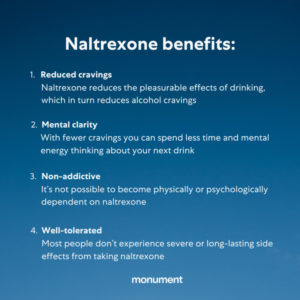 Nalorex (Naltrexone) primarily works by blocking the effects of opioids and reducing cravings for alcohol through the following mechanism of action:
Nalorex (Naltrexone) primarily works by blocking the effects of opioids and reducing cravings for alcohol through the following mechanism of action:- Naltrexone is a pure opioid antagonist that acts as a competitive antagonist at opioid receptor sites, with the highest affinity for the mu opioid receptors.
- By binding to these receptors, naltrexone blocks the euphoric (pleasurable or “high”) effects associated with alcohol use or opioids.
- In alcohol use disorder, naltrexone is thought to work by blocking the effects of endogenous opiates (like endorphins) made naturally by the body, which makes alcohol ingestion less pleasurable and helps reduce alcohol consumption.
- Naltrexone (and its active metabolite 6-beta-naltrexol) also have action at the kappa and delta receptors to a lesser extent.
- As a pure antagonist, naltrexone may cause mild to severe withdrawal in people who are physically dependent on opiates or pentazocine. Patients should stop using opioids or drinking alcohol before starting naltrexone treatment.

Types of Interactions
- Major Interactions: There are 34 major drug interactions with naltrexone, which can significantly affect treatment outcomes and safety.
- Moderate Interactions: A total of 306 moderate interactions exist, which may require careful monitoring or dosage adjustments.
- Alcohol/Food Interaction: Naltrexone has one known interaction with alcohol, which can exacerbate side effects.
- Disease Interactions: There are two disease interactions to consider when prescribing naltrexone.
Commonly Checked Interactions
Some frequently checked medications that may interact with naltrexone include:
- Opioids: Naltrexone blocks the effects of opioids, which can lead to withdrawal symptoms if opioids are taken concurrently.
- Antidepressants: Medications like Cymbalta (duloxetine) and Zoloft (sertraline) may interact, requiring monitoring.
- Benzodiazepines: Drugs such as Ativan (lorazepam) and Klonopin (clonazepam) may have increased side effects when used with naltrexone.
- Cannabinoids: Naltrexone may enhance the effects of cannabis products, necessitating caution.
Specific Drug Interactions
- Opioid Antagonists: Using naltrexone with other opioid antagonists (e.g., naloxone, nalmefene) can amplify side effects and increase withdrawal risks.
- Dronabinol and Nabilone: Naltrexone may enhance the therapeutic effects of these cannabinoid medications, requiring careful monitoring.
- Lofexidine: This medication can reduce the effectiveness of naltrexone, especially if taken within two hours of each other.
Recommendations
- Consult Healthcare Providers: Before starting naltrexone, patients should inform their doctors about all medications they are taking, including over-the-counter drugs and supplements.
- Avoid Opioids: Patients must be opioid-free for at least 7 to 10 days before initiating naltrexone therapy to prevent withdrawal symptoms.
- Monitor for Side Effects: Patients should be aware of potential side effects and report any unusual symptoms to their healthcare provider.
 NaltrexoneMedication for alcohol and opioid use disorderMorePrimary useUsed to manage alcohol use disorder and opioid use disorder by reducing cravings and feelings of euphoria associated with substance use.AdministrationTaken by mouth or by injection into a muscle.Side effectsMay include trouble sleeping, anxiety, nausea, headaches, and opioid withdrawal symptoms for those still on opioids.Naltrexone, known chemically as C20H23NO4, has the following chemical structure:
NaltrexoneMedication for alcohol and opioid use disorderMorePrimary useUsed to manage alcohol use disorder and opioid use disorder by reducing cravings and feelings of euphoria associated with substance use.AdministrationTaken by mouth or by injection into a muscle.Side effectsMay include trouble sleeping, anxiety, nausea, headaches, and opioid withdrawal symptoms for those still on opioids.Naltrexone, known chemically as C20H23NO4, has the following chemical structure:Chemical Structure of Naltrexone
- Molecular Formula: C20H23NO4
- Molecular Weight: 311.4 g/mol
Naltrexone Chemical StructureNaltrexone is a complex organic molecule that contains a bicyclic structure, which is characteristic of many opioid antagonists. The presence of a hydroxyl group, a ketone, and an amine contributes to its pharmacological activity as an opioid antagonist.
key precautions to take when using Nalorex (Naltrexone):
Opioid Abstinence
- Patients must be opioid-free for at least 7-10 days before starting naltrexone therapy to avoid precipitated withdrawal.
- A naltrexone challenge test is recommended to confirm opioid-free status before initiating treatment.
Liver Function Monitoring
- Naltrexone may cause hepatotoxicity, especially at higher doses.
- Liver function should be monitored frequently, especially in patients with active liver disease.
- Naltrexone is contraindicated in acute hepatitis or liver failure.
Overdose Risk
- Patients may be more sensitive to opioids, even at lower doses, after stopping naltrexone treatment.
- Family and friends should be informed about the increased overdose risk.
Injection Site Reactions
- Intramuscular injection may cause severe reactions like cellulitis, necrosis, and hematoma.
- Inadvertent subcutaneous injection may increase the risk of injection site reactions.
Allergic Reactions
- Patients should inform their doctor if they are allergic to naltrexone or any of its ingredients.
Alcohol and Driving
- Naltrexone does not prevent alcohol impairment, so patients should not drive or perform other dangerous activities under the influence of alcohol.
- Alcohol can make patients more dizzy, so it should be avoided.
Dosage Information
Oral Administration
- Alcohol Dependence:
- Average dose: 50 mg orally once daily.
- Duration of therapy: Typically 12 weeks.
- Opioid Dependence:
- Initial dose: 25 mg orally once daily.
- Maintenance dose: Increase to 50 mg orally once daily if no withdrawal symptoms occur.
Intramuscular Injection
- For both Alcohol and Opioid Dependence:
- 380 mg administered intramuscularly every 4 weeks.
Storage Requirements
- Oral Tablets:
- Store at room temperature (20° to 25°C or 68° to 77°F), away from heat, moisture, and direct light. Do not freeze.
- Intramuscular Injection:
- Store in the refrigerator (2°C to 8°C or 36°F to 46°F).
- If unrefrigerated, can be stored at temperatures not exceeding 25°C (77°F) for no more than 7 days before administration.
Patient Reviews
While specific patient reviews from the search results are not included, naltrexone is generally reported to be effective for many individuals in managing alcohol and opioid dependence. Users often note improvements in cravings and a reduced desire to consume alcohol or opioids. However, some patients may experience side effects such as nausea, fatigue, or liver-related issues, which can impact their overall satisfaction with the medication.

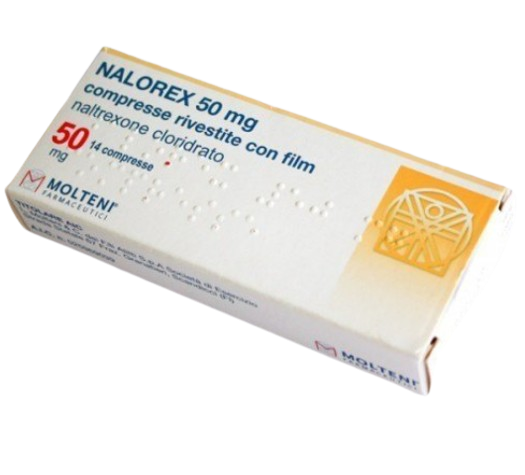

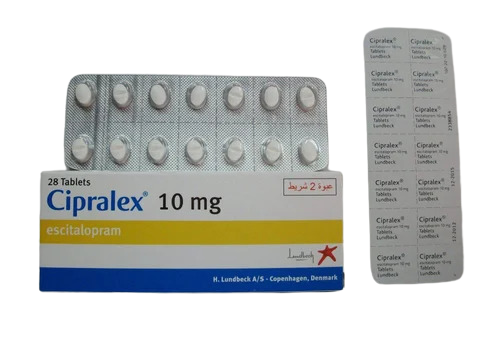



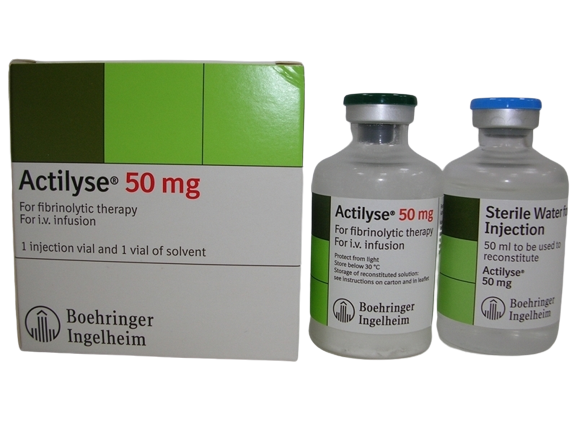
Reviews
There are no reviews yet.